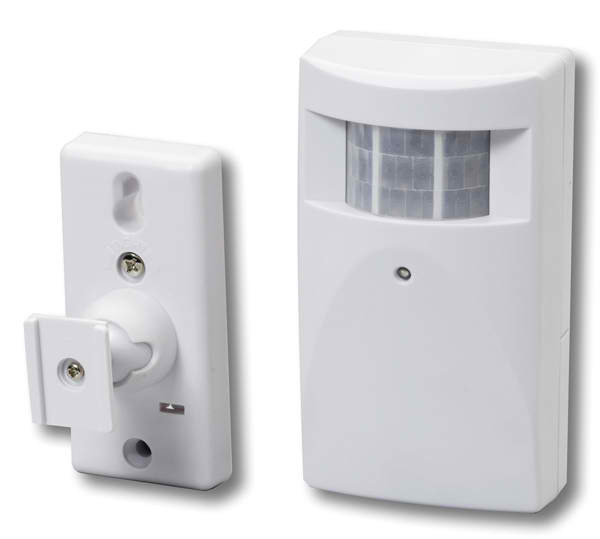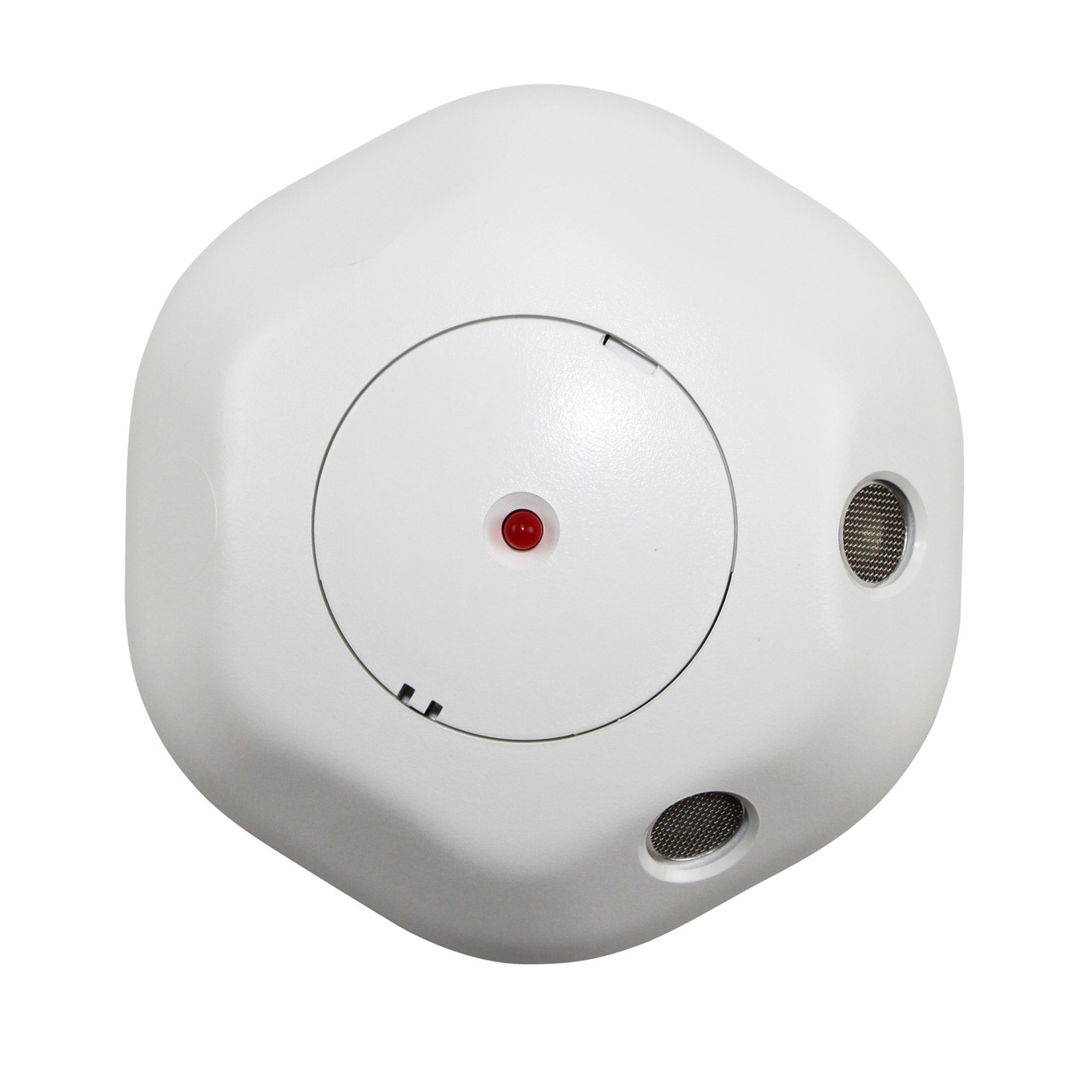Motion sensors in home security
Motion sensors are used in a wide variety of technologies today, especially in home security systems. Modern home security systems use motion sensor technology to detect potential intruders and alert you when they are.
Different types of motion sensors
There are many types of motion sensors, each with its own advantages and disadvantages. Therefore, it is important to learn how each motion sensor works to determine which one will work best for you.
Active motion sensors
These sensors are also known as radar-based movement sensors. Ultrasonic waves alarms are activated when the sensor is disturbed. The motion sensors emit ultrasonic waves that bounce back when in contact with objects. If the sensor is interrupted by an object or person moving past it, it will trigger an alarm, door to open, or switch on the system.
Passive infrared motion sensors
Passive infrared motion sensors are not like active sensors. They absorb heat energy and do not emit waves. These types of motion sensors use less energy than active sensors, which emit energy instead of absorbing it.
These motion sensors are used to detect heat bodies, such as intruders, in home security systems. This type of sensor technology is also used in fire alarms, and other sensor-based technology.
Microwave motion sensors
These motion sensors create microwave pulses which are emitted and reflect off objects. This allows the sensor to determine their position and determine whether they are moving. These sensors are therefore more sensitive than others.
These motion sensors consume more power than other types, making them more costly to operate. If you are familiar with the cycle pattern, pulses/cycles of these motion sensors can be bypassed.
Motion sensors for tomographic imaging
Tomographic sensors use radio waves to detect disturbances in the area. Tomographic sensors are able to detect objects and movement through walls, making them ideal for large areas or areas with static obstructions.
These motion sensors can be expensive so they are often used in commercial security systems.
Magnet motion sensors
These motion sensors use magnetic sensors. These sensors will activate when the door or window is blocked or removed. These motion sensors are commonly used on doors and windows by attaching a magnet pair to the door/window along with the frame. The magnetic bond between the door and window is broken when the sensor triggers.
These sensors are easy to install and inexpensive, making them accessible and widely-used.
Photo-sensor motion detector
Photo-sensor motion detectors use a simple concept that uses light/laser beams for detection of movement. These beams are designed to be used in conjunction with light sensors. When the beams are interrupted, the sensor triggers. These sensors can detect movement in a particular area, such as a doorway. They are inexpensive and simple to install.
These motion sensors are only effective in a limited area. If you know the exact location of the sensor, it can be avoided.
Which motion sensor is right for you?
The best motion sensor depends on many factors, including the budget available, intended use, environment, reliability, accuracy, and required accuracy. Different types of sensors work better in different environments, making them more suitable than others.
While a motion sensor such as a tomographic motion sensor is best suited for large areas such as a warehouse or factory floor, photo-sensor/magnetic sensors are more suitable for smaller and more specific areas such as doorways, windows or other specific areas you may wish to cover.
When choosing the right motion sensor technology, other factors like budget are also important. For low budget homes, motion sensors such as photo-sensor detectors, magnetic motion sensors, and passive motion sensors are best, while active, microwave, and tomographic sensors might be more suitable for commercial settings.
When choosing the right motion sensor technology, reliability and accuracy are also important. For example, A tomographic motion sensor might be more appropriate in environments where high-value equipment/goods is kept, as these types are more reliable and more accurate. However, magnetic and microwave sensors are more appropriate for general use.
You will get the best out of your situation if you use the right tools. Understanding the workings of different motion sensors will help you to determine which one is most appropriate and relevant for you.



